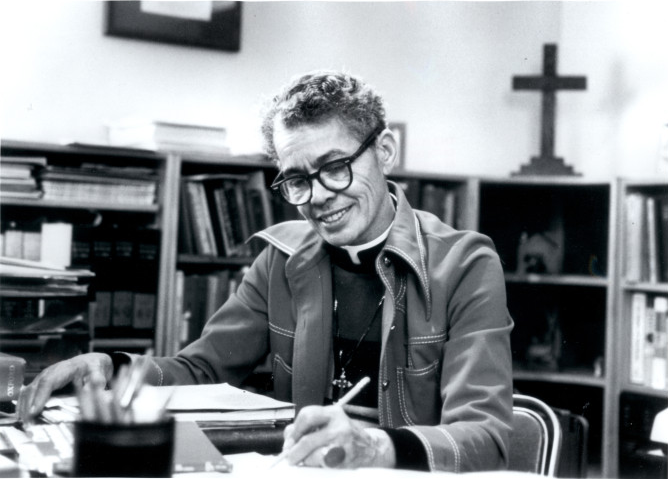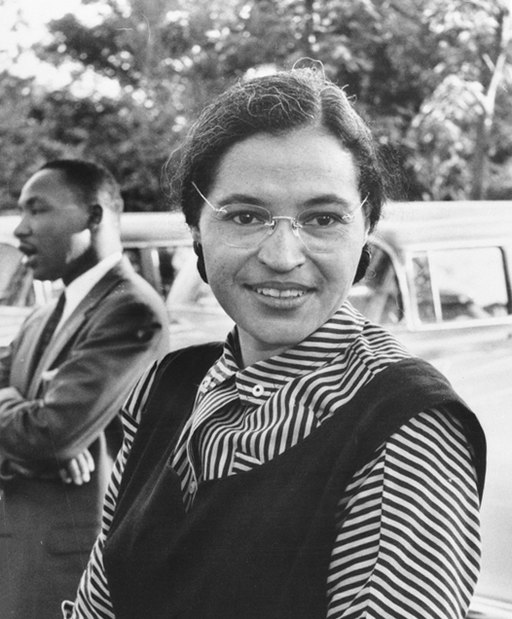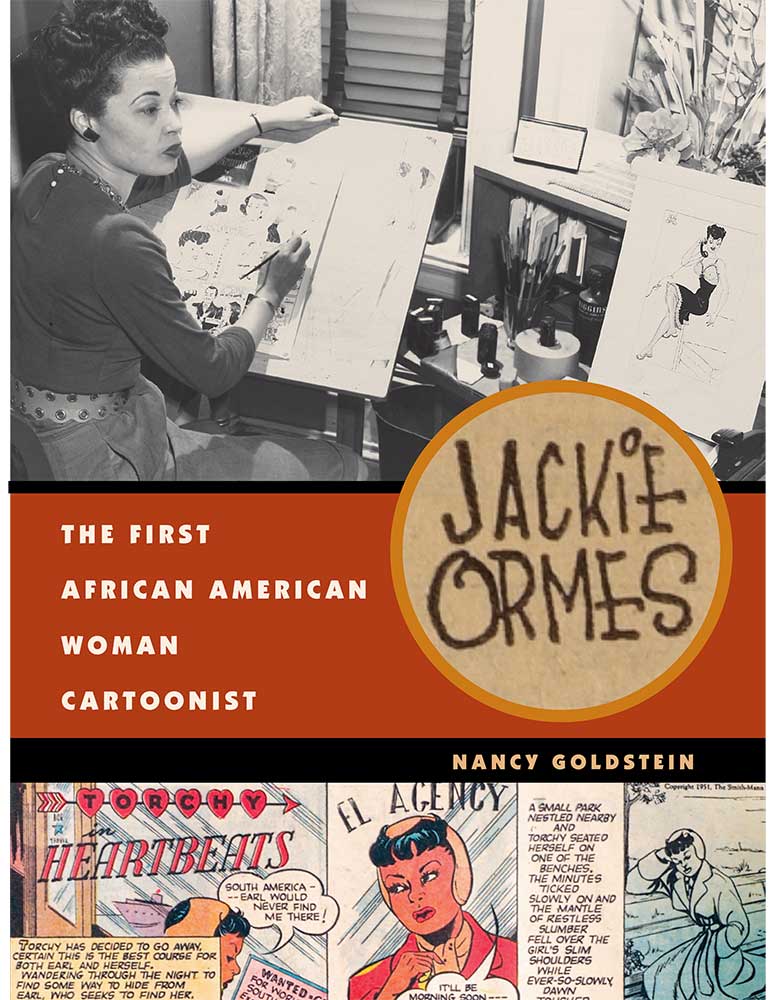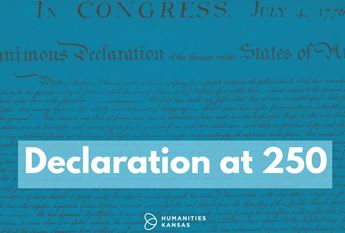

Big Idea: Coupling Jim and Jane Crow
January 11, 2021
by Ayesha K. Hardison, Associate Professor of English and Women, Gender, and Sexuality Studies at the University of Kansas
Jim Crow impacted African Americans throughout the twentieth century. So did its accomplice Jane Crow.
The term Jim Crow names the system of laws and customs designed to disenfranchise Black people after slavery. Federal, state, and local policies alleged “separate but equal” by imposing racial segregation on education, housing, work, public transportation, and leisure activities at parks, restaurants, swimming pools, and theaters. However, Jim Crow did not fully address the discrimination Black women faced politically, economically, and socially.
Pauli Murray coined the term Jane Crow, in 1947, to signal that the impact of gender oppression differed from that of racial discrimination in name only. Jane Crow prevented Black women’s full participation in society, including their struggles in the public sphere (with lower wages and sexual harassment) and their conflicts in the private sphere (with expectations for their roles as wives and mothers and deference to male authority). One of the leading minds of her generation, Murray dedicated her career as an activist, lawyer, priest, and poet to fighting racism and sexism from the 1930s Depression era to the 1970s women’s movement. Her personal writings also advance current discussions about queer identity and sexuality as well as gender fluid expression. By naming Jane Crow, Murray connected the laws and customs of patriarchy to race matters and highlighted Black women’s intersectional experience.

Pauli Murray. Image courtesy of Carolina Digital Library and Archives.
Under the union of Jim and Jane Crow, Black women’s lives were hemmed in by a specific set of historical conditions. During the mid-twentieth century, Black lives were shaped by the Great Migration, when millions of Southern migrants moved North and West; World War II and its increased labor demands; and the Civil Rights Movement, which achieved the landmark U.S. Supreme Court decision Brown v. Board of Education. Race and gender shaped how Black women experienced these historic events. Many migrated to take advantage of work in war industries and became preservers of the home and homefront.
Black women were also active in civil rights campaigns. Before Rosa Parks refused to move to the back of a segregated bus, she was an antirape activist for the NAACP. Before Martin Luther King, Jr. led the 1955 Montgomery Bus Boycott, Jo Ann Gibson Robinson, president of the Women’s Political Council, threatened to protest the year prior. Domestic workers’ participation helped make the campaign successful. They renegotiated their relationship with their employers by reminding the latter of the value of their work—challenging Jim and Jane Crow on the national stage.
Rosa Parks
Black women writers of the 1940s critique the collusion of racism and sexism in their portraits of Black women’s inner lives. In Ann Petry’s The Street, single-mother Lutie searches for employment and housing that will allow her to raise her son and gain social mobility. In Dorothy West’s The Living Is Easy, migrant Cleo stages her protest against patriarchy and economic precarity within her family and home. The title character in Gwendolyn Brooks’s Maud Martha quietly strives to define herself while facing domestic and racial strife, which provokes hurt and anger, for example, when Santa Claus rejects her daughter. Whereas Maud Martha is subtle, cartoonist Jackie Ormes sketches bold, beautiful, and fashionable Black women to refute stereotypes like Mammy and Jezebel.
Jackie Ormes: The First African American Woman Cartoonist by Nancy Goldstein
Recognizing the brunt of Jim and Jane Crow on Black women’s work, relationships, and self-representation allows us to appreciate their critical contributions to civil rights activism and African American literature, as 1940s Black women writers anticipated the Black Women Writers’ Renaissance of the 1970s, launched by such well known authors as Maya Angelou, Alice Walker, and Toni Morrison. Black women’s contemporary efforts to dispel the long shadow of Jane Crow resonate with today’s Say Her Name, Cite Black Women, and Me Too campaigns.
About Ayesha K. Hardison
Ayesha K. Hardison is a literary and cultural critic of African American writing and representation. An Associate Professor of English and Women, Gender, and Sexuality Studies at the University of Kansas, she explores questions of race, gender, genre, social politics, and historical memory in her research and teaching. She is the author of Writing through Jane Crow and editor of the journal Women, Gender, and Families of Color. In 2021, she will co-direct a National Endowment for the Humanities Summer Institute on Zora Neale Hurston.
Join the Movement of Ideas
Spark a converation with these books and articles recommended by Dr. Hardison:
- Song in a Weary Throat: Memoir of an American Pilgrimage by Pauli Murray
- “Jane Crow: The Little Known Story of Pauli Murray”—Lowell Milken Center for Unsung Heroes
- “Trailblazers: Women in the Montgomery Bus Boycott” by Mary Fair Burks, in Women in the Civil Rights Movement
- The Street by Ann Petry
- The Living Is Easy by Dorothy West
- Maud Martha by Gwendolyn Brooks
- Jackie Ormes: The First African American Woman Cartoonist by Nancy Goldstein
- Writing through Jane Crow: Race and Gender Politics in African American Literature by Ayesha K. Hardison
Explore the Pauli Murray Center for History and Social Justice



